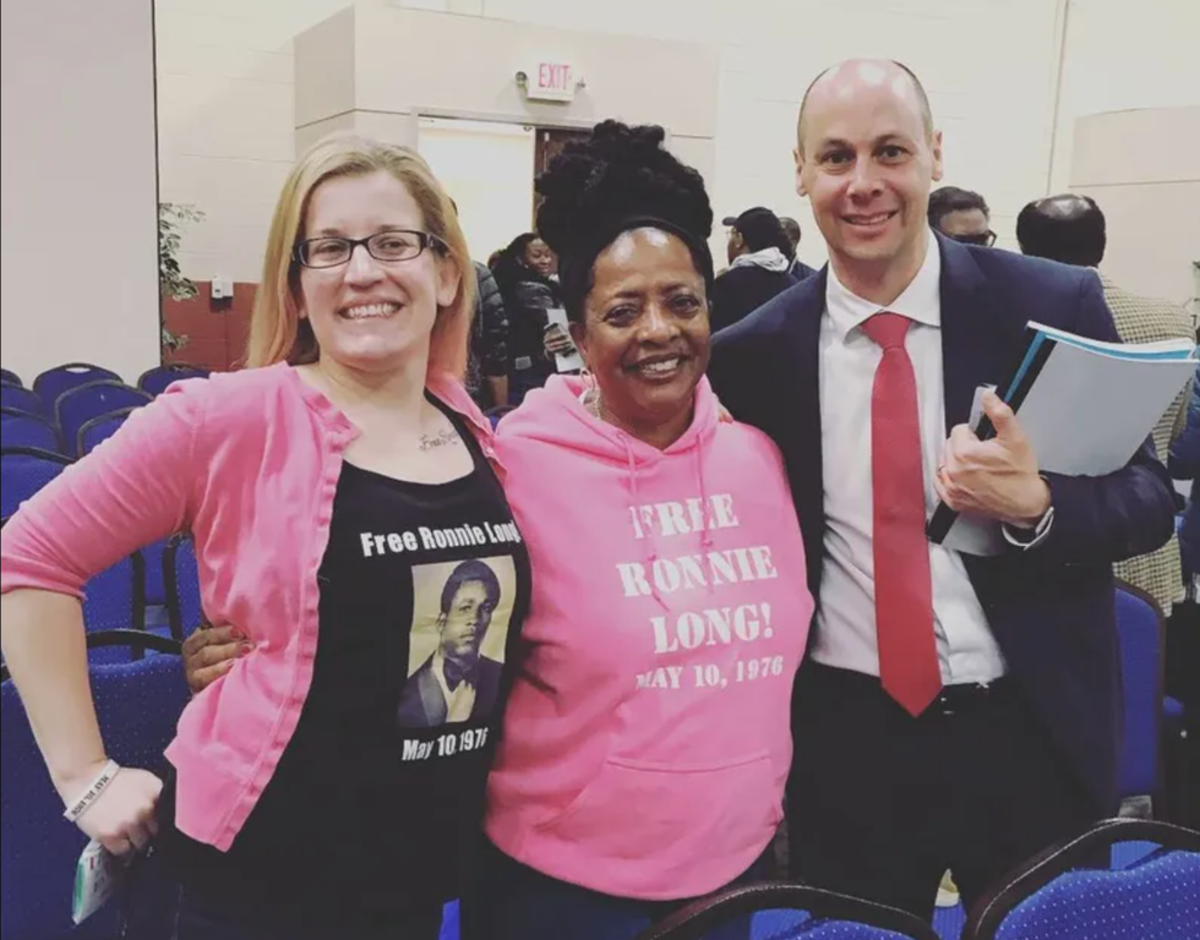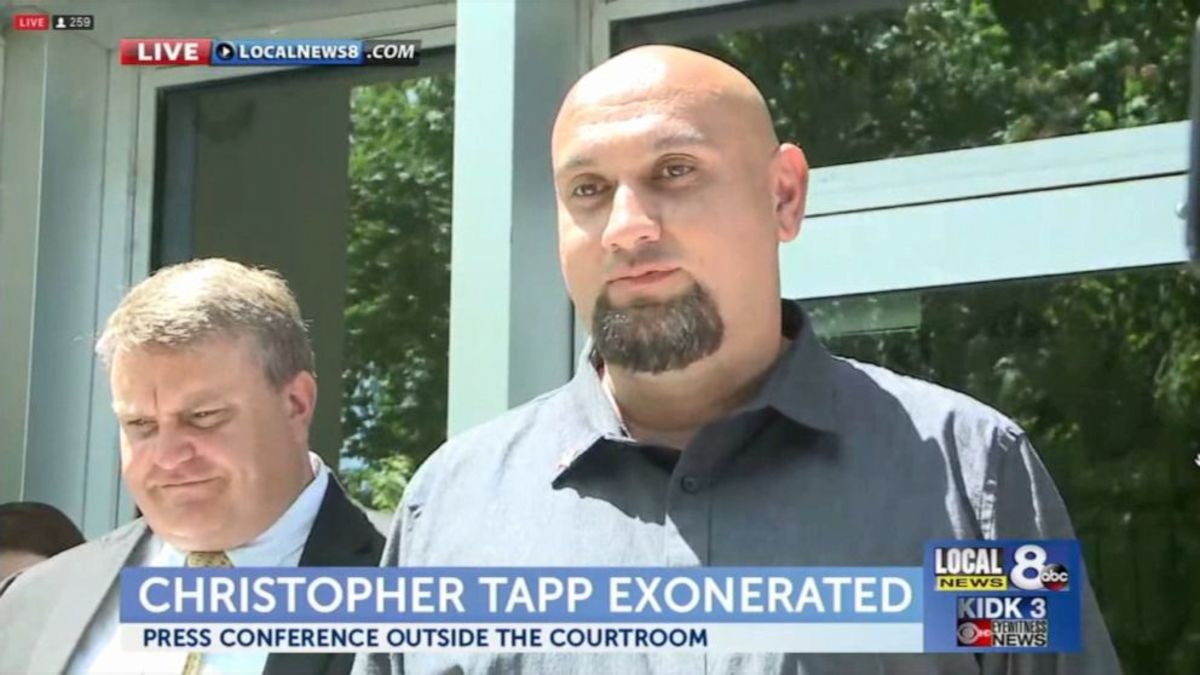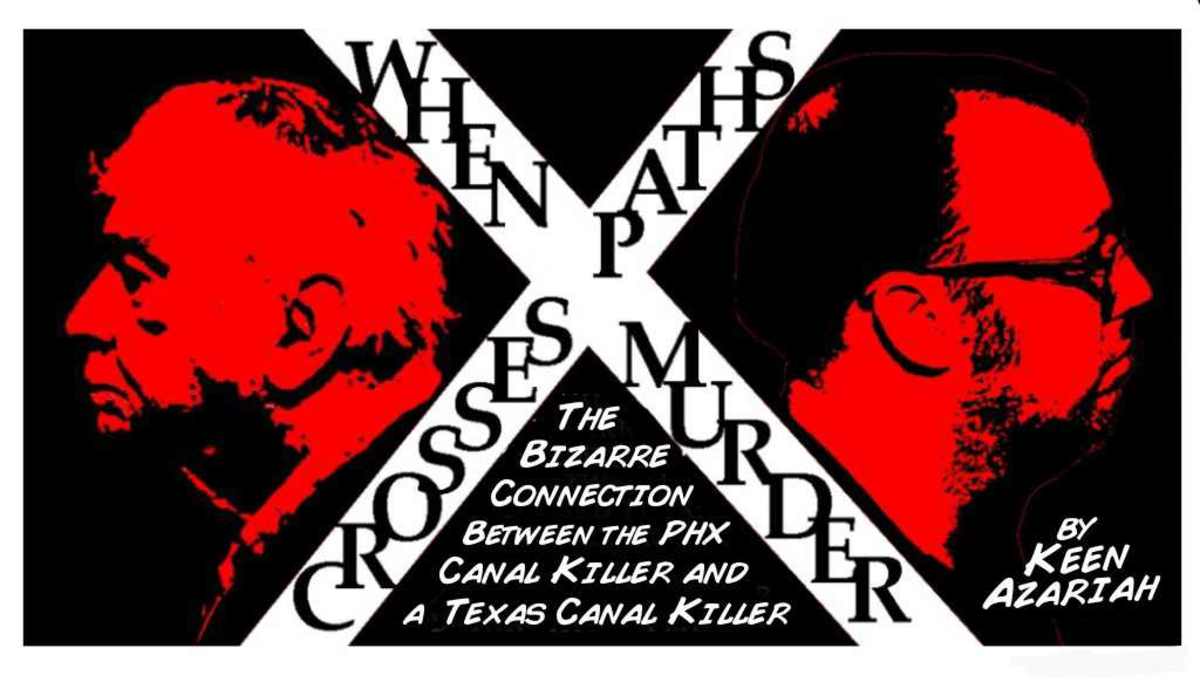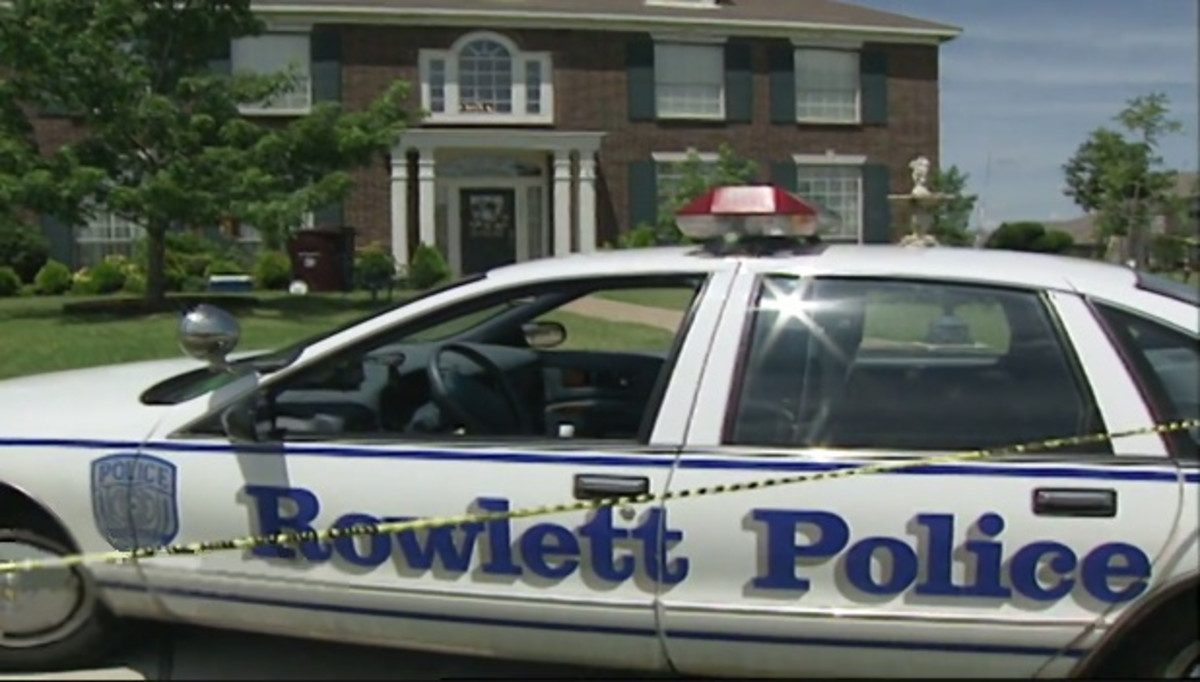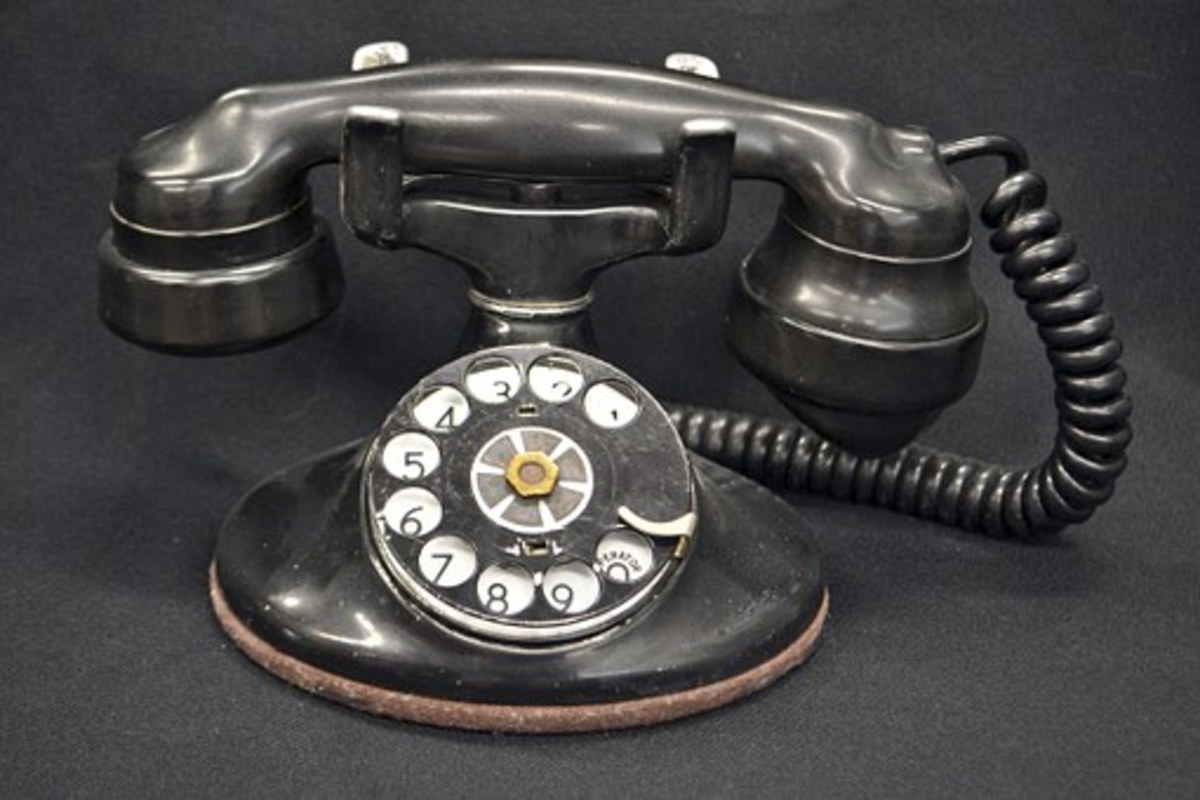Wrongful Convictions Overturned
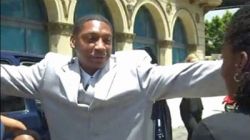
Wrongful Convictions Overturned
To date, more than 300 people in the United States have had their wrongful convictions overturned. They have served long prison sentences, locked away from their families. Their lives have been ruined.
Before the use of DNA evidence to overturn wrongful convictions, many people will have been wrongfully imprisoned, and some executed for crimes they did not commit.
This lens examines some of the causes of wrongful convictions and some of the factors involved in overturning them. It highlights a few of the people who were eventually exonerated of crimes they did not commit.
This lens also lists resources to help overturn and prevent wrongful convictions.
The First DNA Exoneration

The first DNA exoneration is said to have been that of Gary Dotson.
Dotson had been convicted in 1979 of attacking a woman. Students at Northwestern University, working in their spare time, collected evidence which later led to Dotson's acquittal.
The supposed victim later confessed to giving false evidence. In addition to the statement of the victim, false forensic evidence was also presented at Dotson's trial. Dotson was not cleared until DNA evidence proved in 1988 that he had not committed the crime.
Causes of Wrongful Convictions
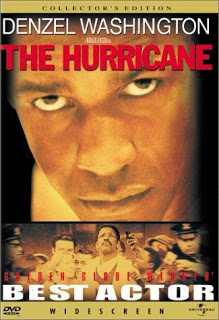
Wrongful convictions have been caused by a variety of factors, including:
Unreliable eyewitnesses. Eyewitness evidence is some of the least reliable evidence presented in court, yet it has been used to convict people later proven to be innocent.
Bad lawyers. Lawyers may not be skilled in the use of DNA and other forensic evidence, or they may be overworked, handling too many case files.
Bad science. For example, in the case of Gerard Richardson (see below), a bite-mark, which is not considered to be conclusive evidence, was used to convict him, while DNA evidence available from the bite-mark was ignored.
Racial background - see "Does Justice Have a Race?" below.
Poverty - the poor often do not have access to top legal representation.
Corruption. In some cases, police, prosecutors and law enforcement officers have been found to have falsified evidence, and beaten and tortured suspects to extract false confessions from them. Corruption was found to be a factor in the case of Rubin "Hurricane" Carter.
Does Justice Have a Race?
Not everyone falsely convicted of a serious or capital crime in the United States is Black / African American or Latino. However, Black people are disproportionately represented among people experiencing wrongful convictions.
The races of the 312 exonerees are as follows:
194 African Americans
94 Caucasians (white Americans)
22 Latinos
2 Asian Americans.
Black people are disproportionately represented on Death Row, in comparison with population numbers.
41.93% of Death Row prisoners are Black.
43.17% are white.
U.S. government census statistics show that Black people are around 10% of the population, although some estimates are closer to 30%. Nobody is suggesting that African Americans represent more than 40% of the total U.S. population.
So if you want to prevent a wrongful conviction, be white. Above all, avoid being Black, if at all possible.
Similarly, avoid being poor.
Wrongful Convictions Overturned - Books and DVDs
Books and DVDs about Wrongful Convictions Overturned

Statistics on Overturning Wrongful Convictions
There have been 312 post-conviction DNA exonerations in the United States.
- The first DNA exoneration took place in 1989. Exonerations have been won in 36 states; since 2000, there have been 245 exonerations.
- 18 of the 312 people exonerated through DNA served time on death row. Another 16 were charged with capital crimes but not sentenced to death.
- The average length of time served by exonerees is 13.6 years. The total number of years served is approximately 4,156.
- The average age of exonerees at the time of their wrongful convictions was 27.
These statistics are taken from a factsheet provided by The Innocence Project (see below).
LaMonte Armstrong
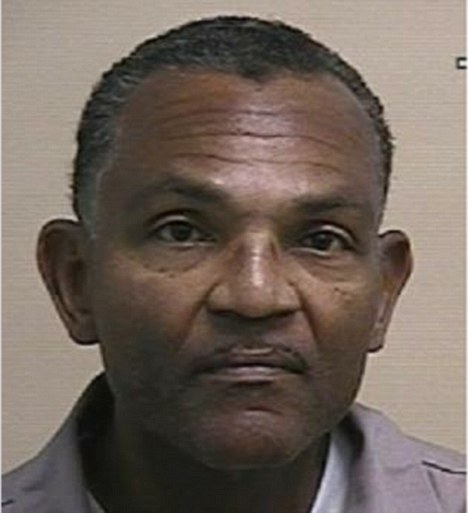
LaMonte Armstrong is the most recent person to have his conviction overturned.
Armstrong was exonerated of a murder charge in 2012. He was granted a full pardon on December 24th 2013. Merry Christmas!
Once convicted, Armstrong started to doubt his own innocence. So many people were blaming him he began to wonder if he had committed the crime. He says that one day, it suddenly occurred to him that he was innocent and had been convicted of a crime he did not commit.
When DNA from a handprint left at the crime scene was tested, the results pointed to another suspect. .LaMonte Armstong was released from prison in June 29, 2012, after serving 17 years, but did not receive his full pardon until December 2013.
Gerard Richardson Exonerated of 1994 Murder
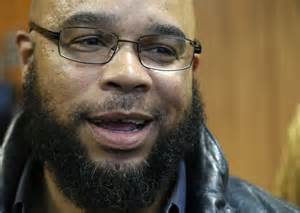
Gerard Richardson was exonerated of a murder conviction. His conviction was overturned in November 2013.
In 1995, Gerard Richardson was imprisoned for the first degree murder of Monica Reyes. The main evidence against him was a bite mark on Reyes's body. Bite marks have never been proven consistently to provide accurate evidence in cases of murder or assault.
DNA evidence has now proven that Richardson was innocent of Reyes's murder, and all charges against him have been dropped. He served more than 18 years before his conviction was overturned.
Larry Lamb
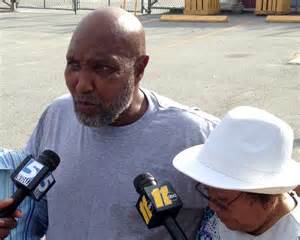
In 1993, Larry Lamb was convicted of the murder of Mr. Leamon Grady of Mount Olive, North Carolina. Lamb was sentenced to life in prison. No physical evidence ever connected either Larry, or his two co-defendants, to the crime.
In 2013, all charges against Lamb were dismissed after the Honorable W. Douglas stated that the key eyewitness had given false testimony, having both personal and financial motives for doing so. In his order, Judge Parsons stated that the testimony of the primary witness at trial “was false and that there is more than a reasonable possibility that, had the false testimony not been admitted, a different result would have been reached.”
When he was acquitted in August 2013, Larry Lamb had served 20 years in prison for a murder he did not commit.
Reggie Cole
Reggie Cole was sentenced to life without parole for killing Felipe Angeles in 1994.
His conviction was partly based on false testimony given by alleged eyewitness John Jones.
Cole's attorney, Christopher Plourd, having investigated this case for years in conjunction with the California Innocence Project, discovered that evidence that could have led to Cole's acquittal had been published in an article in the Los Angeles Times Magazine in 1995 and a book entitled, The Killing Season in 1997, both written by Miles Corwin.
It has been found that Cole's previous attorney failed to investigate and present the evidence. There were also problems with the prosecution, whom it has been found withheld material evidence and engaged in misconduct. The D.A.'s office subsquently found that Cole had received ineffective assistance of counsel. The case has now been dismissed. The charges were dismissed in 2009. At his release in 2010, Reggie Cole had served 15 years in prison before his false conviction was overturned.
Imprisoned for Years on No Evidence
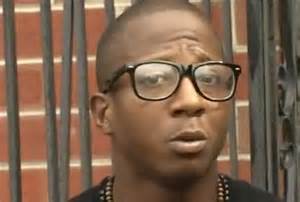
Kalief Browder spent three years in the notorious Riker's Island prison when there was no evidence against him. At the age of 16, he lost three years of his life. Three years of birthdays, three Christmases. He missed his own high school graduation. All charges have now been dropped.
For more about this and other miscarriages of justice, see: Deaths in Police Custody
How to Overturn a Wrongful Conviction - Resources to Help Overturn a Wrongful Conviction
312 people in the United States have been exonerated of crimes they did not commit, and many more have prevented wrongful convictions. These are some resources that can be helpful in overturning false convictions.
- How to Overturn a Wrongful Conviction
Article on how people have succeeded in having their wrongful convictions overturned - 10 Things Anyone Can Do To Help Exonerate Innocent People and Prevent Wrongful Convictions
Information from The Innocence Project on how to challenge, overturn and prevent wrongful convictions.
Innocence Projects
Innocence Projects have been very instrumental in supporting and assisting people to overturn wrongful convictions.
- The Innocence Project
The Innocence Project is a non-profit legal clinic affiliated with the Benjamin N. Cardozo School of Law at Yeshiva University and created by Barry C. Scheck and Peter J. Neufeld in 1992. The project is a national litigation and public policy organiz - DNA Exonerations Nationwide
Statistics on DNA exonerations from The Innocence Project - California Innocence Project
Founded in 1999 at California Western School of Law, the California Innocence Project (CIP) reviews more than 2,000 claims of innocence from California inmates each year. - Innocence Project of Florida
Innocence Project of Florida - North Carolina Center on Actual Innocence
The Center oversees Innocence Projects at North Carolina law schools and provides legal services to indigent, unrepresented North Carolina inmates claiming factual innocence. Each year, the Center coordinates the review and investigation of cases by - Center on Wrongful Convictions
When the Center on Wrongful Convictions (CWC) opened in 1998, wrongful convictions were viewed as anomalies — rare exceptions to an otherwise well-oiled criminal justice machine. Sadly, prisons and death rows around the country are populated by count
Innocence Projects in the UK - British Innocence Projects
A number of innocence projects have now sprung up in Britain.
- The Innocence Network UK (INUK)
A network of UK innocence projects. - Bristol Innocence Project
Bristol Innocence Project - Cardiff Innocence Project
Cardiff Innocence Project
Please leave details of the case of anyone you know of who has been wrongly convicted of a crime.


